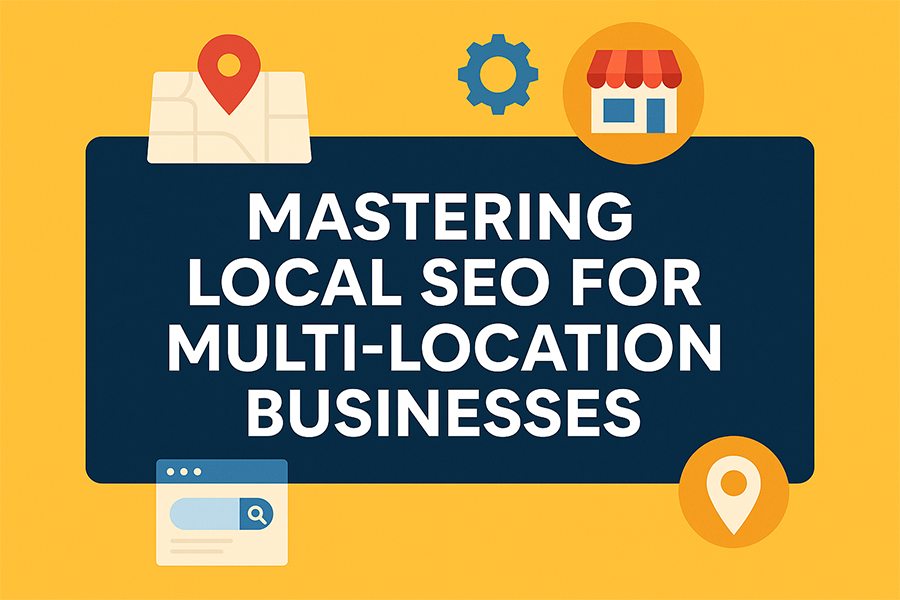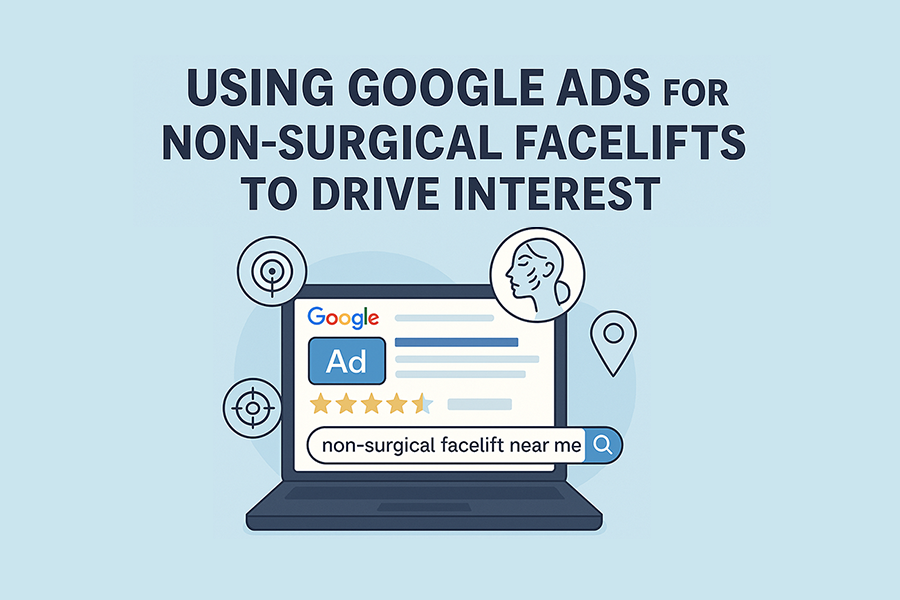
Managing local SEO for a single business location can be a challenge. Managing it for ten, fifty, or even hundreds of locations? That’s a whole different game—and one that requires strategy, structure, and scale.
If your business operates across multiple cities or regions, simply applying a “set it and forget it” approach won’t cut it. To compete in today’s search landscape, multi-location businesses need to balance consistent branding with hyperlocal relevance. That means showing up in Google’s Map Pack, maintaining clean citations, and publishing content that connects with users on a local level—all while tracking performance at scale.
This guide will break down how to effectively implement local SEO for multi-location businesses. Whether you’re overseeing five locations or five hundred, here’s how to build visibility, drive traffic, and generate leads in every market you serve.
The Unique Challenges of Multi-Location SEO
Local SEO for a multi-location brand is more complex than simply repeating efforts for each location. You’re not just trying to show up—you’re trying to show up correctly, consistently, and competitively.
Some common challenges include:
- Duplicate content risks: Using the same content across multiple city pages can lead to ranking issues.
- NAP (Name, Address, Phone) inconsistencies: Small discrepancies across listings can confuse search engines.
- Overlapping markets: Multiple branches can end up competing with each other for the same terms.
- Brand dilution: Without a unified strategy, local managers may go rogue with off-brand content or outdated listings.
- Scalability: Manual management across dozens of listings, pages, and profiles becomes unmanageable quickly.
If these sound familiar, you’re not alone. But the good news is, with the right structure, tools, and tactics, you can turn these challenges into a competitive advantage.
Learn more about our multi-location marketing approach
Build a Strong Foundation with Scalable Website Architecture
Your website needs to be organized in a way that’s easy for users—and search engines—to navigate. That starts with clear, consistent location-specific landing pages.
Best Practices for Location Pages:
- Use a structured URL format like /locations/city-name/
- Include unique content for each location (not just a copied-and-pasted template)
- Add embedded Google Maps for each location
- Feature local reviews or testimonials
- Include NAP details and clickable CTAs (Call Now, Book Online)
- Add structured data (schema markup) for local business
Search engines need signals to connect your business to each physical location. A well-structured site creates those signals while giving users the localized experience they expect.
Optimize Google Business Profiles at Scale
Google Business Profile (GBP) is the most important asset for local SEO—especially when you’re managing multiple locations. Showing up in the “Map Pack” (the top 3 local listings) is often the difference between being found or forgotten.
![]()
Key Optimization Steps:
- Ensure each location has its own GBP listing with consistent NAP data
- Use a standardized naming format (e.g., “Brand Name – Downtown Chicago”)
- Upload high-quality photos specific to each location
- Select accurate categories and services
- Post localized updates, offers, or events to each profile
- Collect and respond to reviews regularly
Use GBP management tools or dashboards if you’re handling a high volume of profiles, but don’t lose the local touch—personalization still matters.
Here’s our full guide on optimizing GBP listings
Claim and Clean Up Local Listings
Consistency across directories builds authority with search engines. Inconsistencies—like using “St.” in one listing and “Street” in another—can dilute trust and rankings.
Focus on:
- Submitting accurate NAP data to top aggregators (Data Axle, Neustar, etc.)
- Claiming and verifying listings on Yelp, Bing Places, Apple Maps, and niche directories
- Avoiding duplicate listings
- Monitoring listings for edits or spam
For growing brands, citation management tools can help automate much of this process, but don’t neglect manual checks—especially on high-authority platforms.
Develop Location-Specific Content (That’s Actually Useful)
Content is a core part of any SEO strategy—but for multi-location businesses, local relevance is key.
Ideas for Location-Specific Content:
- Blog posts tied to community events or seasonal needs (“Best Anti-Aging Treatments in Phoenix This Summer”)
- Team member spotlights or local provider bios
- Case studies or reviews from that market
- City-focused service pages with unique value propositions
The goal is to make your content feel local, not templated. That helps you rank for localized queries and builds trust with your audience.
Explore our blog on content marketing for multi-location brands
Manage Reviews at the Local Level
Reviews are a major ranking factor for local search—and one of the most influential elements in the customer journey.
Tips for Review Strategy:
- Ask for reviews via post-visit emails or text follow-ups
- Use signage in-store or QR codes to prompt reviews
- Respond to every review—positive or negative—with location-specific messaging
- Use review widgets or plugins to display feedback on location pages
If you’re using a centralized CRM or platform like Podium, Birdeye, or Trustpilot, make sure it’s set up to attribute reviews to the correct location.
Track Performance Across Locations
If you can’t measure it, you can’t improve it. That’s especially true with multi-location SEO.
Set up GA4 and Google Search Console for each location or URL subfolder. Use tools like BrightLocal, AgencyAnalytics, or even custom dashboards to monitor:
- Local keyword rankings by market
- GBP interactions (calls, direction requests, website clicks)
- Page-level traffic and engagement
- Review volume and average ratings per location
This granular tracking allows you to identify what’s working—and where to focus next.
Learn how AI can improve local campaign reporting
Scale Smartly Without Losing the Human Touch
As your location count grows, automation becomes necessary—but personalization should never disappear entirely.
Here’s how to scale with balance:
- Build internal playbooks or style guides for local SEO management
- Train location managers to follow branding and listing best practices
- Use dynamic content blocks for partially automated but locally tailored pages
- Keep communication centralized, but give each market a voice
AI tools, bulk editors, and templates are useful—but they should enhance, not replace, your human insight.
Final Thoughts
Mastering local SEO for multi-location businesses is about more than visibility—it’s about creating a meaningful, consistent, and localized experience across every touchpoint.
From optimizing your Google Business Profiles to crafting city-specific landing pages and earning trust through localized content and reviews, every element of your strategy should serve one goal: helping local customers find the location closest to them—and convincing them it’s the best choice.
While mastering local search is key, combining it with SEO services for organic traffic ensures your multi-location business captures all possible customers searching online.
Need help executing at scale? Let Lead to Conversion build your multi-location SEO strategy — so you can rank everywhere that matters.




